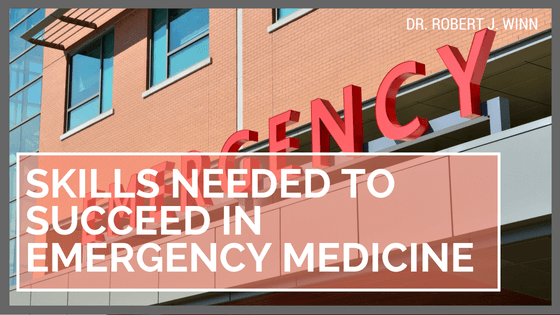 While all medical specialties result in saving lives, in no other specialty but emergency medicine do you get to have a hand in saving lives every single day. If you’re considering specializing in emergency medicine, you need to possess these skills for success....
While all medical specialties result in saving lives, in no other specialty but emergency medicine do you get to have a hand in saving lives every single day. If you’re considering specializing in emergency medicine, you need to possess these skills for success....
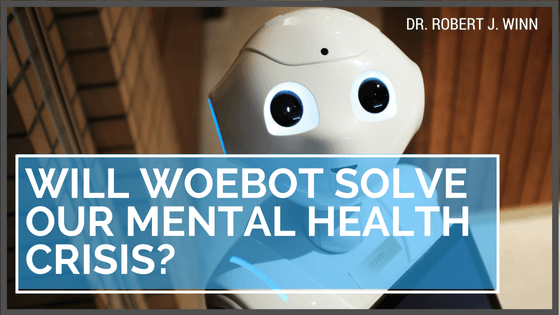 A human relationship is based on trust and, in some ways, bravery. The choice to come forward to talk about our fears, our struggles, our tragedies can be a difficult one; human communication demands that we reach out to and confide in another person. Making that...
A human relationship is based on trust and, in some ways, bravery. The choice to come forward to talk about our fears, our struggles, our tragedies can be a difficult one; human communication demands that we reach out to and confide in another person. Making that...
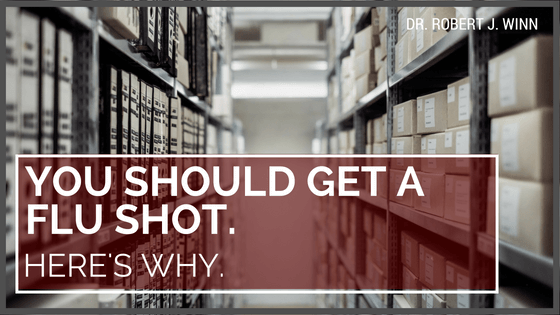 Another year, another flu season. We all think we know how to protect ourselves from the onslaught of fevers, coughs, and sniffles that take our workplaces and schools by storm from October through May. We restock our desks with Purell, remember to take our...
Another year, another flu season. We all think we know how to protect ourselves from the onslaught of fevers, coughs, and sniffles that take our workplaces and schools by storm from October through May. We restock our desks with Purell, remember to take our...
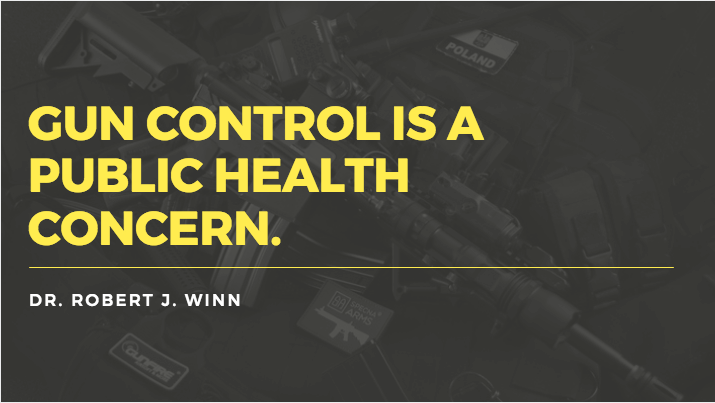 Since the tragic shooting at Columbine, the US has lived through some of the worst acts of domestic terrorism that the developed world has ever seen. From schools to churches to concerts to clubs to army barracks, many places formerly believed to be safe community...
Since the tragic shooting at Columbine, the US has lived through some of the worst acts of domestic terrorism that the developed world has ever seen. From schools to churches to concerts to clubs to army barracks, many places formerly believed to be safe community...
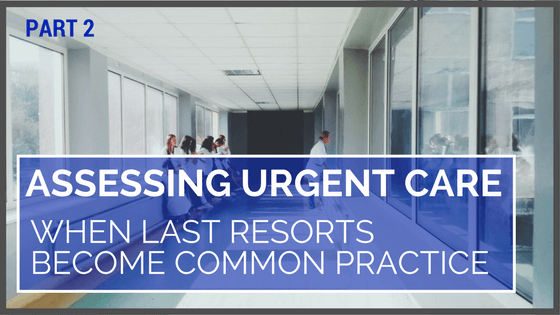 (Continued from Part I) Clearly, patients aren’t using primary care services as much as they should – but can that all be chalked up to convenience? Studies say no. According to an 2015 NPR poll, 20% of surveyed patients choose urgent or emergency care...
(Continued from Part I) Clearly, patients aren’t using primary care services as much as they should – but can that all be chalked up to convenience? Studies say no. According to an 2015 NPR poll, 20% of surveyed patients choose urgent or emergency care...
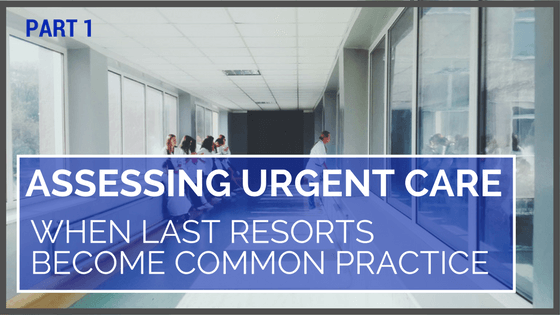 You wake up with a cough. It’s not a bad one, you decide, and definitely not enough to keep you home from work. Rent’s due in a week, and you know that missing out on the ten hours of the construction work your boss found you would put you awfully close to...
You wake up with a cough. It’s not a bad one, you decide, and definitely not enough to keep you home from work. Rent’s due in a week, and you know that missing out on the ten hours of the construction work your boss found you would put you awfully close to...








